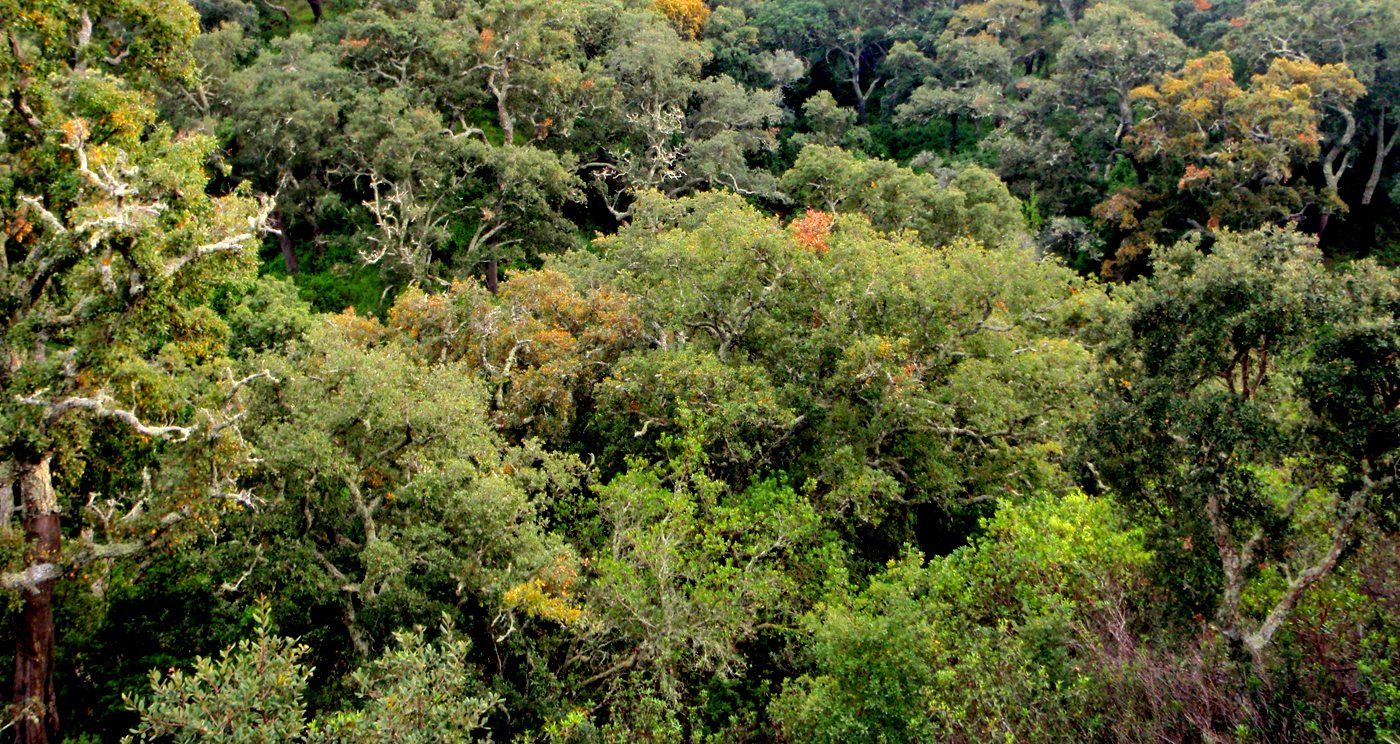
SERRA | BIRDS & NATURE: PLEASE SEE HERE
TRAIL FACTSHEET
Location: Cabanas & Lajes (São Brás de Alportel); the trail starts in Cabanas; São Brás de Alportel municipality; GPS Coordinates : 37º 14’ 57,932’’ N, 7º 49’ 04,556’’ W (start); Grade: moderate; Type: circular trail; asphalt and dirt tracks; this trail is signposted; Lenght: 5500 meters/ 3.42 miles; Average Completion Time: up to 2-3 hours; Best Time to Visit: late winter and spring; may not be advisable on wet or very hot days; Activities: nature walks and hikes; birdwatching
At first glance, cork seems to be a rather mundane material. It is not. In fact, it is a superb natural creation with rare physical and biological properties: it’s very light, highly buoyant, extremely fire-resistant and exceptionally insulating. No wonder then that cork has been employed not only in bottle stoppers, but also in clothing, accessories, furniture, myriad types of insulation, and even as a coating for NASA’s space shuttles. Cork was examined by Robert Hooke, which led to his discovery and naming of the ‘cell’. But, perhaps more relevant, is that the production of cork – a very slow, laborious, and sustainable process – supports the all-important cork oak forests (image above) found in Portugal and southern Spain. And cork oak forests are one of the richest, rarest, and most productive ecosystems under Mediterranean-influenced climates. Hopefully, one day this same ecosystem will shelter once again the gracious, critically endangered Iberian Lynx (Lynx pardinus).
 The woodland hosts a wide community of passerines and also a few raptors, some of them uncommon and rare, like Bonelli’s Eagle or Western Orphean Warbler: scan the ridges with binoculars to find the eagle, and keep your ears tuned to the melodious song of the male warbler (because otherwise it will be difficult to find this small bird). Other interesting birds include Golden Oriole, Dartford Warbler, Eagle-owl, Bee-eater and Short-toed Eagle. The trail follows the asphalt right through the minute villages, before morphing into a downward dirt track. As you leave the hamlet behind, the distinct natural features of these ‘smoke blue hills‘ start to come alive. The slopes around you will be covered with oaks and a variety of rockroses and lavenders, as well as heath, foxglove and fig, olive, and strawberry trees. The very beautiful, large flowers of the Iberian wild peony (Paeonia broteri) are also on display between March and May. This is one of the best places to see this notable Iberian endemism.
The woodland hosts a wide community of passerines and also a few raptors, some of them uncommon and rare, like Bonelli’s Eagle or Western Orphean Warbler: scan the ridges with binoculars to find the eagle, and keep your ears tuned to the melodious song of the male warbler (because otherwise it will be difficult to find this small bird). Other interesting birds include Golden Oriole, Dartford Warbler, Eagle-owl, Bee-eater and Short-toed Eagle. The trail follows the asphalt right through the minute villages, before morphing into a downward dirt track. As you leave the hamlet behind, the distinct natural features of these ‘smoke blue hills‘ start to come alive. The slopes around you will be covered with oaks and a variety of rockroses and lavenders, as well as heath, foxglove and fig, olive, and strawberry trees. The very beautiful, large flowers of the Iberian wild peony (Paeonia broteri) are also on display between March and May. This is one of the best places to see this notable Iberian endemism.
You will then reach the valley and a small water stream lined with ferns and brambles. Fruit trees and stretches of plowed land complete the rich ecological mosaic. As exemplified by Barranco das Lajes, across the Serra people live at very small villages sprinkled throughout the rugged terrain and subsistence farming is still a very common activity; here, people still take care of their valuable cork oaks and beehives, and they grow their own rustic cabbages, carrots, onions and beans. Along the final stretch of the walk you’ll find an ancient stony well (Poço do Ribeirinho) that’s in use even today. Relax there for a while, and take in the tranquility, before climbing up to Cerro da Ursa. This is an optional climb but you will be graced with sweeping vistas of the rugged landscape all the way to the distant sea. And whenever you open a good bottle of wine, remember that the bottle stopper helped sustain an entire ecosystem. And maybe (who knows?) that cork was born here, in Serra do Caldeirão.
From São Brás de Alportel drive north to Alportel and continue towards Cova da Muda, passing the villages of Javali, Parises, Cabeça do Velho, and Cabanas (please check the map above). The trail starts in Cabanas, and carries on to the right on the asphalt road to Lajes. Visit early in the morning when bird activity is at the peak; springtime is the best season to observe most of the woodland birds and the most exuberant floral species. Local people are usually shy at first sight but very welcoming a few moments later. Please remember that mobile phones may not always have a signal. This walk crosses a hunting area: avoid walking here on Thursdays and Sundays from October to February. Read RestlessJo post on Barranco das Lajes to obtain more information. Enjoy!
